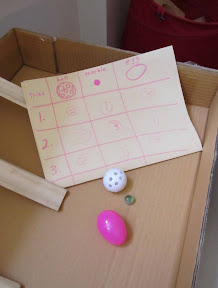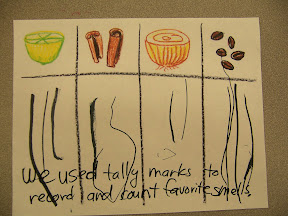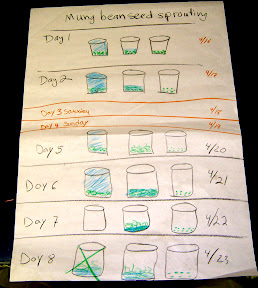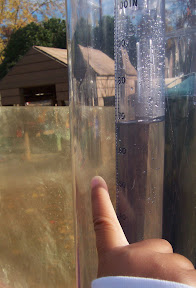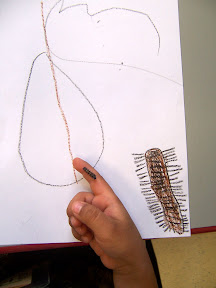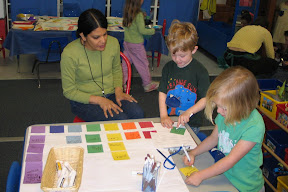Data collection in early childhood
By Peggy Ashbrook
Posted on 2011-01-12
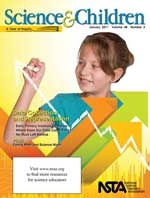 The January 2011 issue of Science and Children focuses on collecting data. In the Early Years column I wrote that “Young children collect data every day. They note who has pink sparkly shoes and find out who will share the ball on the playground. Children will be interested in collecting data if the topic is important to them, such as recording their favorite color.”
The January 2011 issue of Science and Children focuses on collecting data. In the Early Years column I wrote that “Young children collect data every day. They note who has pink sparkly shoes and find out who will share the ball on the playground. Children will be interested in collecting data if the topic is important to them, such as recording their favorite color.”
Data collection is an important part of science inquiry. Here are some examples of data collection methods for science investigations by young children:
Once your students have collected data, what do you do with it?
Hold a conversation with a few students or a discussion with the entire class about any patterns they see; anything they notice in the representation of their observations, and any new questions they might have. Have your students write or dictate their thoughts.
Share the data collection methods your students have used and how they have supported student understanding by commenting below.
Peggy
Disclaimer: The views expressed in this blog post are those of the author(s) and do not necessarily reflect the official position of the National Science Teaching Association (NSTA).



